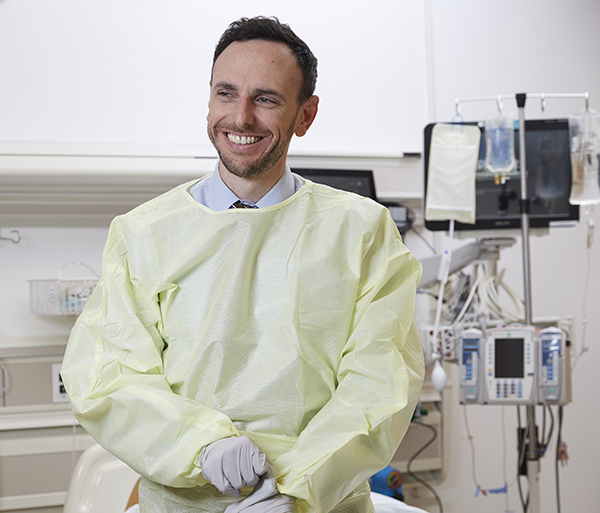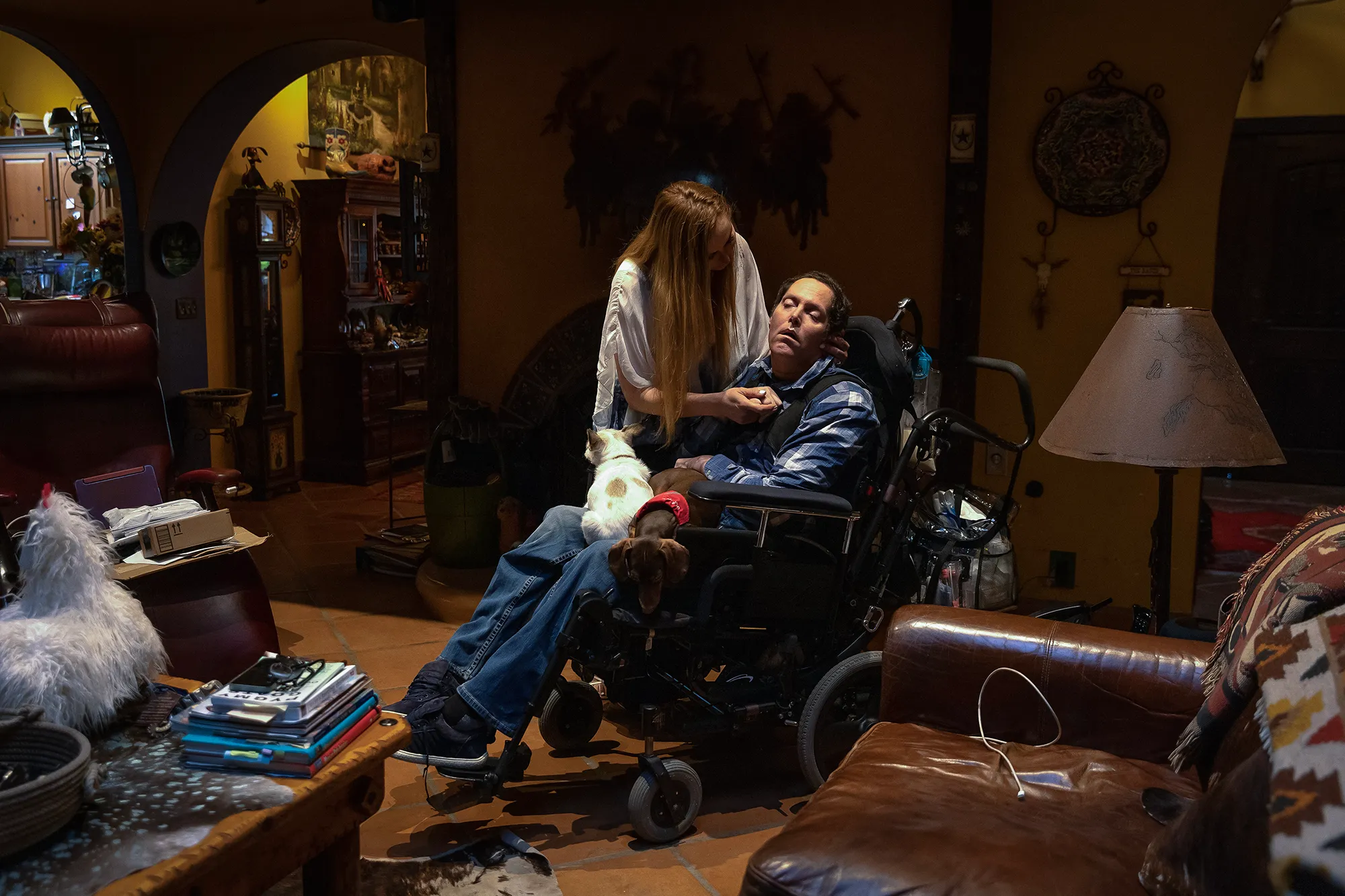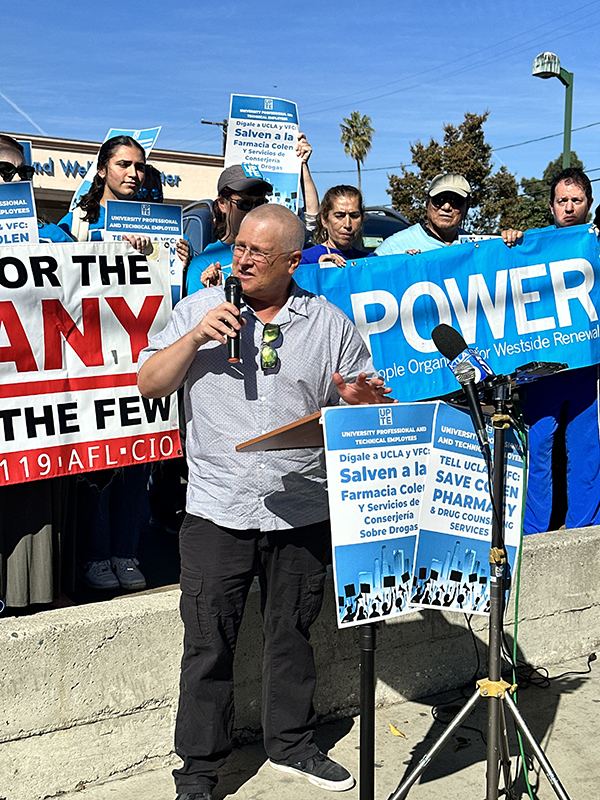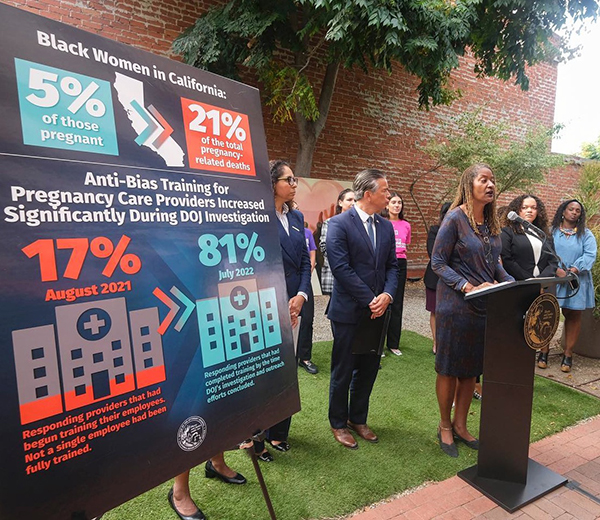By Marie Y. Lemelle
Contributing Writer
Spring break season kicked off Feb. 27 and continues in various parts of the country until April 10. The second peak began April 3 and has made most of the country’s airports busier than they have been since the pandemic began more than a year ago.
Medical experts warn that the endless parties of young people away from school may cause a new wave of COVID-19 and variant cases since the last thing on most of the students’ minds are masking, social distancing and constant hand washing.
Whether you are fully vaccinated, waiting for your turn or on the fence, the Centers of Disease Control and Prevention issued an order that has been in effect since Feb. 2, to require face masks to be worn when boarding, traveling and disembarking on all forms of public transportation in and outside the United States and in all U.S. transportation hubs,
The CDC also released new guidelines for individuals who are fully vaccinated.
“This isn’t an invitation for a free-for-all,” said Dr. Michael Ben-Aderet, associate medical director of hospital epidemiology at Cedars-Sinai. “The virus is not yet defeated. All of us need to remain vigilant but those who are completely vaccinated can enjoy a bit more freedom.”
In response to the concern about traveling and meeting with family and friends, Ben-Aderet said, “The new guidelines apply only to people who are fully vaccinated, meaning that it has been at least two weeks since they received their second dose of a two-dose vaccine from Moderna or Pfizer/BioNTech, or a single dose of the new Johnson & Johnson vaccine. The two-week time frame gives the body time to build up the full immunity the vaccines provide.”
Ben-Aderet explains the do’s and don’ts regarding the new social guidelines for people who have been vaccinated against COVID-19.
“I know it’s spring break and I know all of us, myself included, are tired of the pandemic restrictions,” the doctor said. “There is good news about the vaccine and the numbers of COVID-19 patients are coming down, but we have to remain vigilant for a little while longer.
“That means wear your mask, wash your hands frequently, avoid crowds and don’t take non-essential trips and take advantage of COVID-19 testing.”
Medical experts continue to stress that while Florida, Cancun, Puerto Rico, Southern California beaches and just about anywhere with major sunshine and bodies of water are a hot spot for the party goers, they may also be a hotbed for the spread of COVID-19.
If you must travel, the CDC recommends taking several steps to protect yourself and others:
• If you are eligible, get fully vaccinated for COVID-19.
• Before you travel, get tested with a viral test one to three days before your trip.
• Wear a mask over your nose and mouth when in public.
• Avoid crowds and stay at least six feet (about two arm lengths) from anyone who did not travel with you.
• Get tested three to five days after your trip and stay home and self-quarantine for a full seven days after travel, even if your test is negative. If you don’t get tested, stay home and self-quarantine for 10 days after travel.
Follow all state and local recommendations or requirements after travel.
Ben-Aderet said: “If young people insist upon going on a spring break trip, they should follow guidelines from the CDC to the best of their ability. If they find out they were exposed to someone who had COVID-19, they should self-quarantine.”
Ben-Aderet adds: “As we try to stop the spread of this pandemic, it’s important to remember that young people can play a very important role as vectors of the virus. We all have to do our part to slow the spread, stop the spread of the virus.”
“Everyone should get vaccinated as soon as they can,” Ben-Aderet said. “Young people have a lower risk of severe complications, but that doesn’t make them immune. They can still have severe complications and can spread the infection to others, including people at higher risk of severe complications.”
The CDC states that vaccinated people can safely enjoy small indoor, unmasked gatherings with those who aren’t vaccinated but are considered at low risk for developing severe COVID-19. For example, vaccinated grandparents can now safely visit grandchildren they might not have seen in a year.
“That’s a big deal,” Ben-Aderet said. “It’s really allowing people to have meaningful connections that they’ve put off for so long. We know that if you are a vaccinated person, you are at a very low risk of getting COVID. You are at a very low risk of shedding COVID. But these low risks don’t mean no risk.”
For instance, says Ben-Aderet, “Even fully vaccinated people need to wear face coverings, maintain physical distancing and stay outdoors if they are visiting someone who is immuno-compromised, has active cancer, is pregnant or is part of another group considered at high risk of developing severe COVID-19.”
The CDC issued the guidance in an effort to entice more people to get vaccinated, and to allow those who are vaccinated to begin to resume their normal lives.
“The whole reason for all of us to get vaccinated is so that we can resume our lives safely, without leading to another surge like what we experienced in December and January,” Ben-Aderet. “There’s really good evidence that there is a certain degree of safety conferred by the vaccines and there’s no reason people shouldn’t take advantage of that.”
As data shows how well vaccination prevents the spread of COVID-19 in public settings, and the overall vaccination rate increases, Ben-Aderet expects the CDC to open things up even more.
“This is an important first step,” he said. “But it’s definitely not the final step.”
Marie Y. Lemelle is the founder of www.platinumstarpr.com and a film producer. She can be reached at MarieLemelle@platinumstarpr.com. Follow her on Instagram @platinumstarpr.












